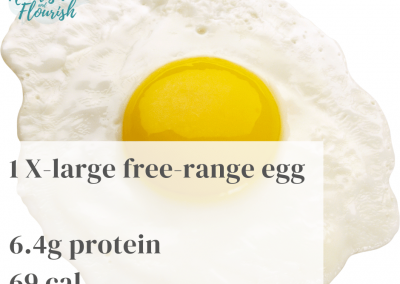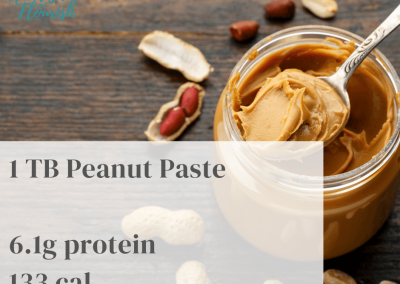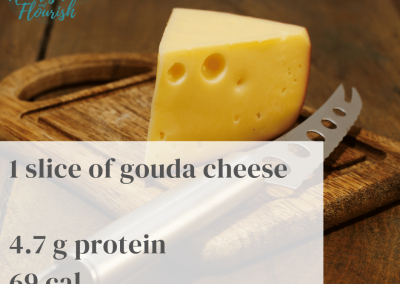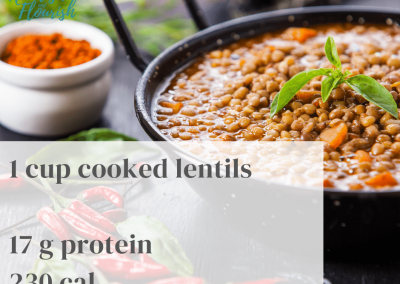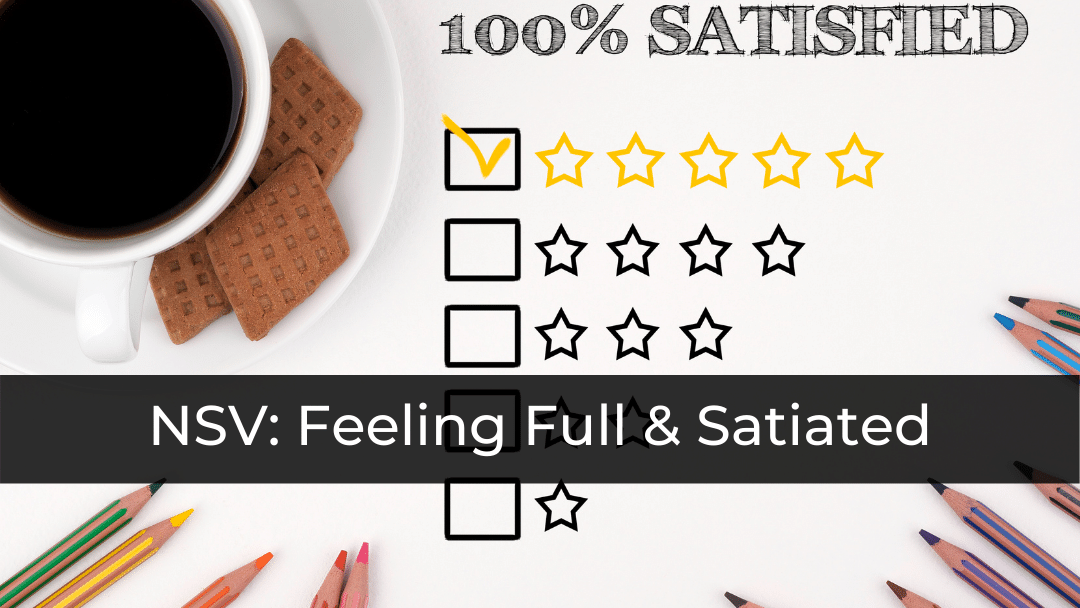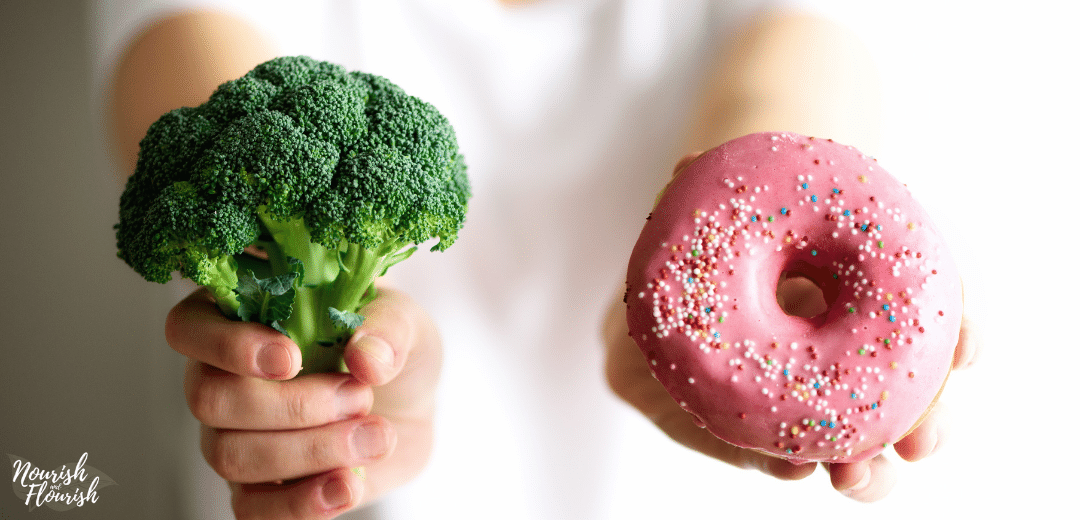
Are you relying on this to help you lose weight?

For years I relied on willpower to try and change my weight, my health, fingernail biting, etc. Today, I see so many people trying to rely on their willpower only to fail. They try again and fail again. It’s a vicious circle.
Picture this: Gracie is a 30yo wife and mother to 3 children under the age of 10. She wants to get healthier and lose a few kilograms. So she picks up a diet book complete with the cookbook containing new-to-her-foods. She studies the book and learns what foods are off limits and what foods she needs to be eating. Gracie relies upon her willpower to get all this started and to continue in it. Gracie starts with great enthusiasm but she hasn’t factored in the birthday party she has to attend next week nor the family camping trip the following week. Nor has she factored in that she or some of the family don’t like these new-to-them-foods or the new recipes. And they take too much time to prepare anyway, especially if no one likes them.
Gracie assumed that she would get through it all by using her willpower. It all sounds great, in theory, but in reality, willpower is not loyal, it is fleeting and has no perseverance. Wilpower waxes and wanes, comes and goes. It simply doesn’t have the persistence needed to create lifelong change.
Why is this so?
This has been studied at great length by many researchers. Firstly, willower is a unitary power much like a battery. It can be called up and utilised however it is also capable of being drained, much like a battery goes flat.
When the [willpower] battery is depleted, we aren’t able to use the power it supplies. So we find that our battery is flat and we convince ourselves that it isn’t that important anyway or we bargain with ourselves by saying that it won’t matter just this once, that it’s okay to succumb to the temptation. Then, often comes the feelings of guilt or shame or the ‘in for the penny, in for the pound‘ mentality. You see, willpower is finite, it is exhaustible, it has limits. Researchers have found that willpower gets depleted by a few key things:
- resisting temptation
- persevering on task
- monitoring our performance
- making decisions
- regulating our thoughts
- low blood sugar
These things deplete willpower very quickly.
But hold on a minute, these are all things that happen frequently, daily if not, hourly. So if these things can drain our battery then we cannot always be fully charged with willpower. So we need something else to reply upon, something that doesn’t wax and wane, something that is more reliable and not so easily depleted.
Okay Susan, so what is it that we can rely upon to help us succeed if willpower isn’t it?
Great question, I’m glad you asked!
Habits!
Your willpower will be tested enough at social events, at cafe’s, and as you pass the Krispy Kreme aisle in the service station. If you’re to have any chance of success, you need something more reliable, more helpful than willpower. You need a few systems and some healthy habits. Sure these take time to create and instil as automatics in your life but they are stronger in the long run, they will be more consistently faithful over the years.
Most of the things we do in our daily life are habitual – we barely even think about it. Habits can be positive and work for us or they can work against us. We need to discover the habits that aren’t working for us and flip them or replace them with healthy, positive habits that work in our favour.
This is where I can help! We can work together and ascertain your goals. Then you decide which habits you need to change first and then we work on strategies to help you achieve that. Contact me today if you are interested in coaching!










